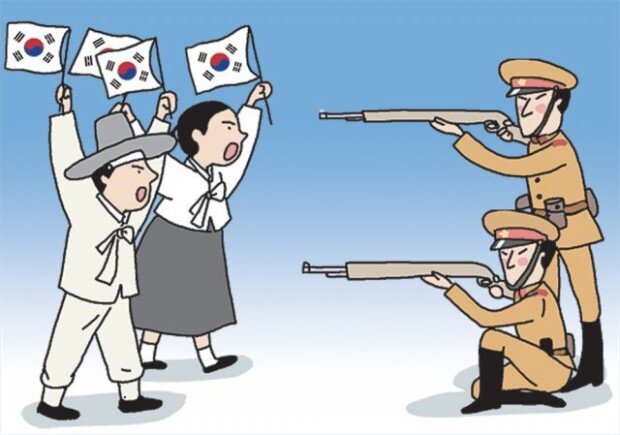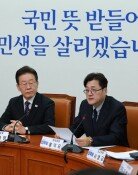The reason why tragedy happened
The reason why tragedy happened
Posted March. 02, 2021 07:18,
Updated March. 02, 2021 07:18

The demonstration that took place in Seoul on March 1, 1919 soon spread across the country, and organized protests outside the capital also spread across the whole nation. As the protests extended for a long period of time, they inevitably became violent, causing armed clashes.
The Japanese military and police began firing on the protesters. The number of casualties from the protests that lasted until April is not clear. Japan’s statistical records say that 400 to 600 people died and 900 to 1,400 people were injured. The casualties included some civilians as well as Japanese soldiers and police officers.
According to the historical records compiled by the Provisional Government of the Republic of Korea, however, about 7,500 were killed and 15,000 were injured. “Which one is closer to the truth?” would be more accurate question than “Which one is correct?” Given that Korea lost its national sovereignty back then, there must have been limitations to the methods the Provisional Government used to count the casualties. That is why some believe that the actual number of casualties would have been much greater. Although it is certain that Japan’s statistics are underreported, it is difficult to estimate how much it was underreported. Assuming that the statistics by the Provisional Government are correct or less than the actual numbers, the number of casualties outnumbers that of a local war. In the Falklands War fought between Britain and Argentina in 1982, 649 Argentine military personnel died and 1,038 were wounded while 258 British military personnel died and 444 were wounded. Even if Japan’s statistics were correct, the scale damage is similar to that of the Argentine army.
If the scale of damage was something similar to that of a war, the March 1st Movement was a war fought with bare fists, stones, and voices for the Korean people. It makes us feel resentful, sad, and solemn but the reason why they resisted and the tragedy happened is simple.
According to a female student, who took part in the protests, she was arrested by the Japanese police during a preliminary crackdown while she was on a tram to the protest scene, and was taken to the Jongno Police Station. “Do you want independence?,” asked a police officer. “Yes,” the girl said. Then she got more questions such as, “How will you achieve independence? Do you have an army or a warship? Do you have an ally to help you?”





